Experience the comforting and nutritious delight of sabudana khichdi, a traditional Maharashtrian dish that combines soft tapioca pearls, crunchy peanuts, and aromatic spices.
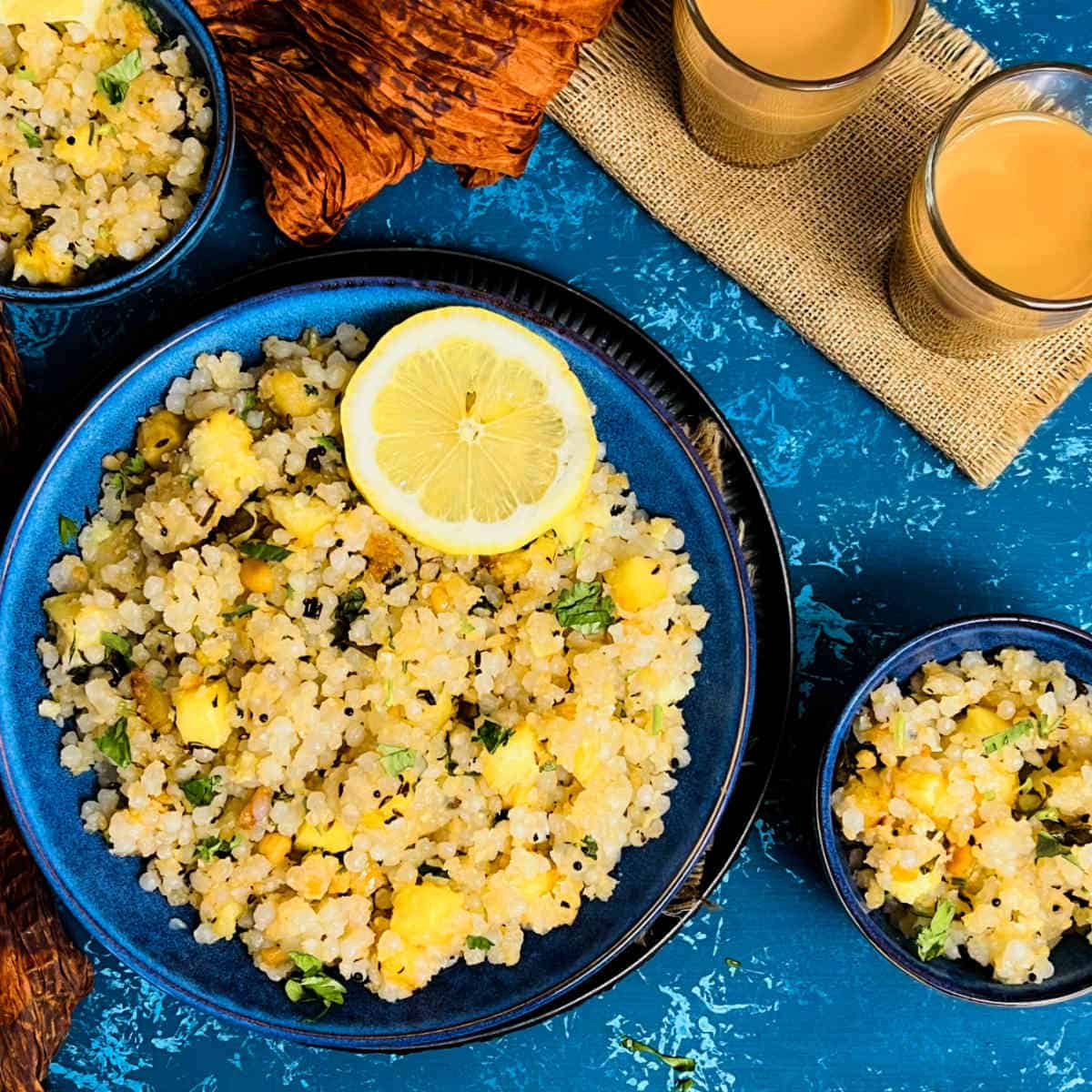
This authentic Maharashtrian recipe is also popularly called sabudanyachi khichadi or sabudana usal and falls under the category of Maharashtrian street food.
This Maharashtrian dish is one of the most popular fasting recipes (faraal food during vrat or upvas) and is considered perfect food during many Hindu festivals like Mahashivratri, Navratri season, Ekadashi, and Shravan Maas fasting food (farali food). Sabudana khichadi is also a common breakfast dish and popular street food in Maharashtra.
Why you will love this sabudana khichdi recipe?
- Easy to prepare: This authentic sabudana khichdi recipe is a simple and quick dish to make.
- Versatile: While traditionally enjoyed during fasting days, sabudana khichdi can be eaten as a regular breakfast or snack as well.
- Comforting and satisfying: The warm and comforting nature of sabudana khichdi makes it a popular comfort food option. It can be enjoyed during cold weather or when you're craving a hearty and fulfilling meal.
Ingredients
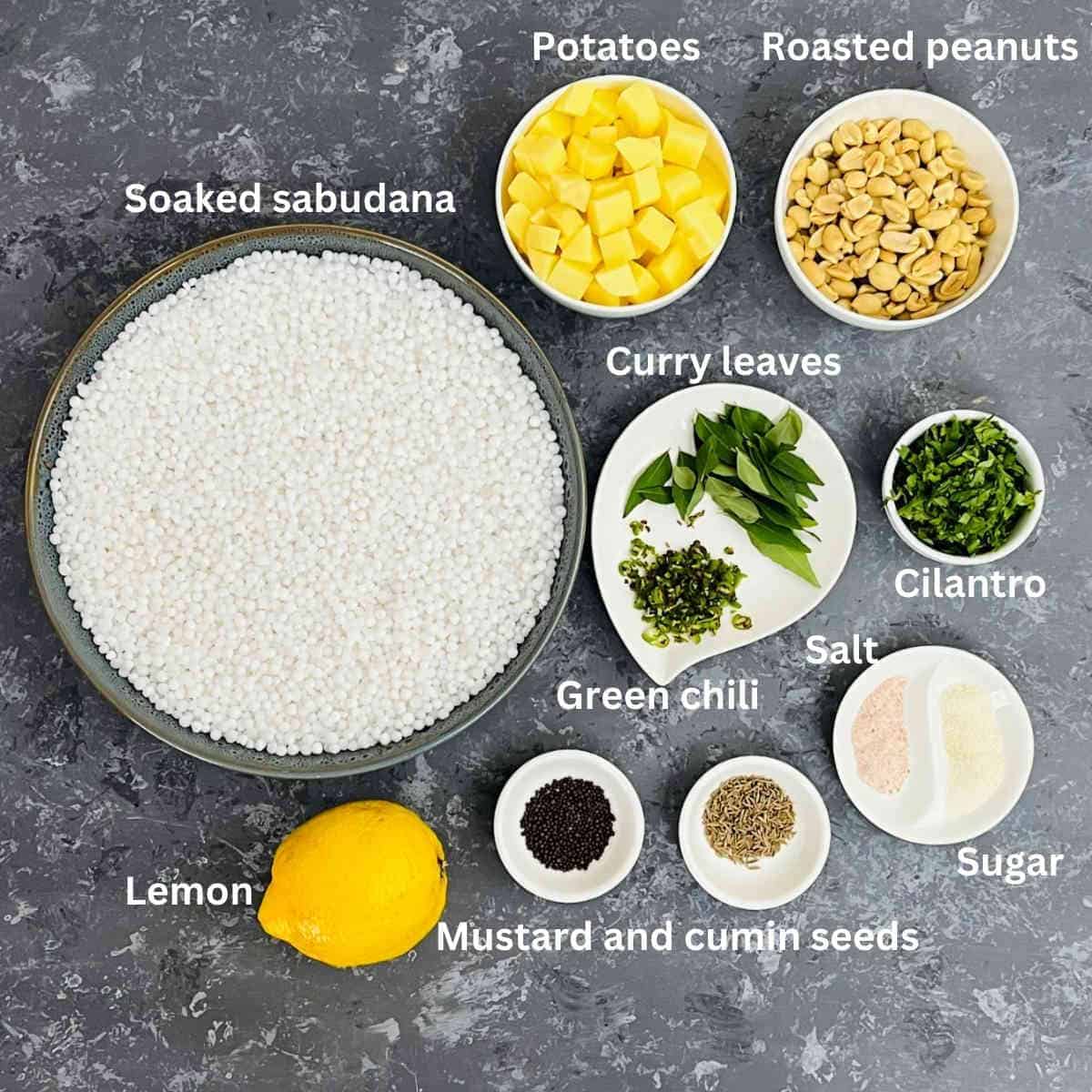
Sabudana: Tapioca pearl or sago is the main ingredient.
Peanuts: Roasted peanuts are ground and used in this dish to add a nutty flavor. If you are using raw peanuts, roast them and remove the skin before using them.
Potatoes: Potatoes are the only vegetable used and cannot be skipped. Sometimes, peas are added; however, they are optional.
See the recipe card for full information on ingredients and quantities.
Step-by-step instructions
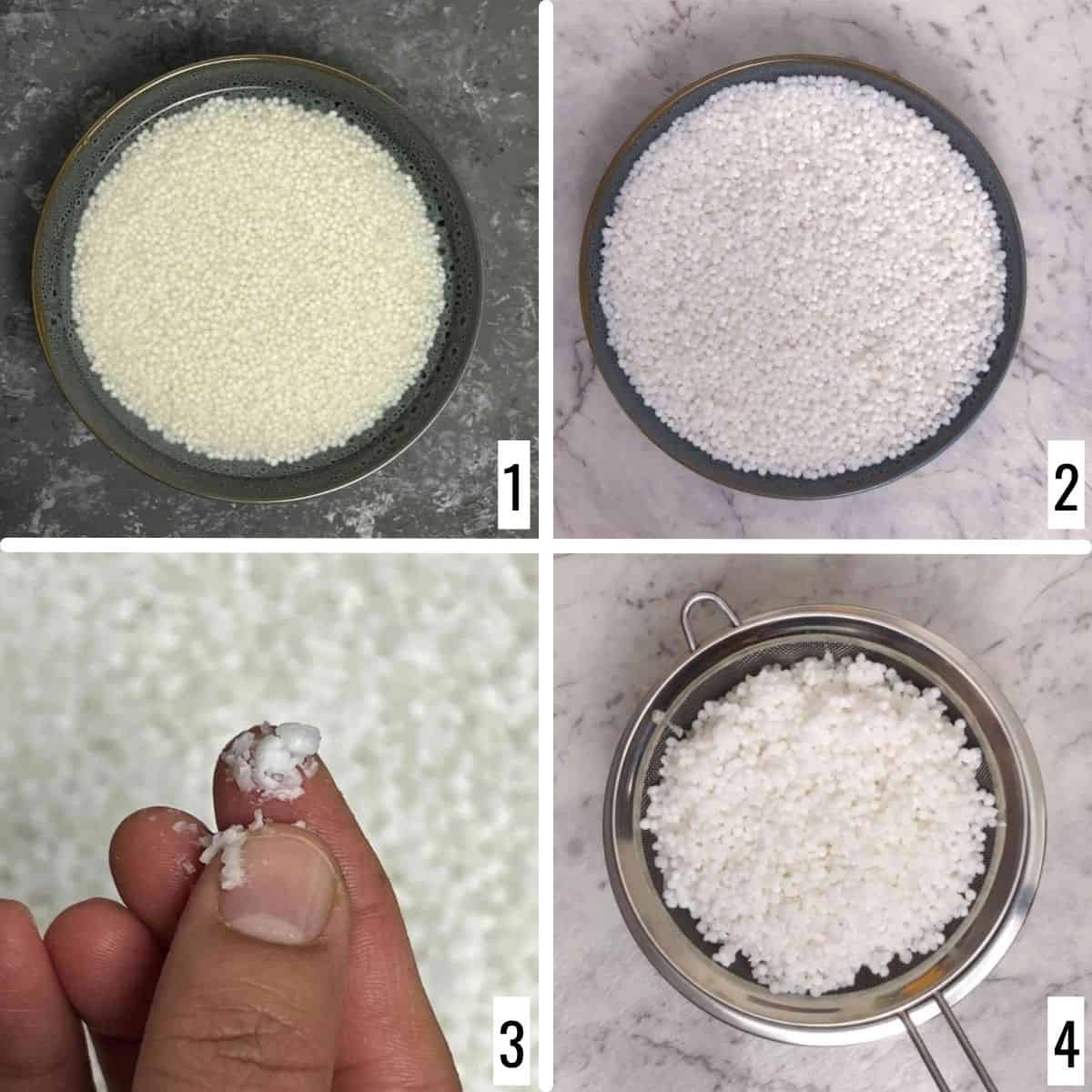
Step 1: Wash the sabudana thoroughly in running water. Wash 3-4 times to remove excess starch. Drain all the water. Add 1½ cups of water to the washed sago and let it soak for 30 minutes to 4 hours (image 1).
Step 2: The sabudana will soak most of the water and puff up (image 2). To check if the sago pearls are soaked, take one pearl and press it between your thumb and finger. It should mash lightly without fully falling apart (image 3).
Step 3: Once the sabudana is soaked, pour it into a sieve so that any excess water can drain. Let it sit for 10 minutes (image 4). Draining the soaked sago is an important step and cannot be skipped.

Step 4: Mix the drained sabudana with peanut powder, sugar, and salt. Set it aside (images 5 and 6).
Step 5: Heat oil in a
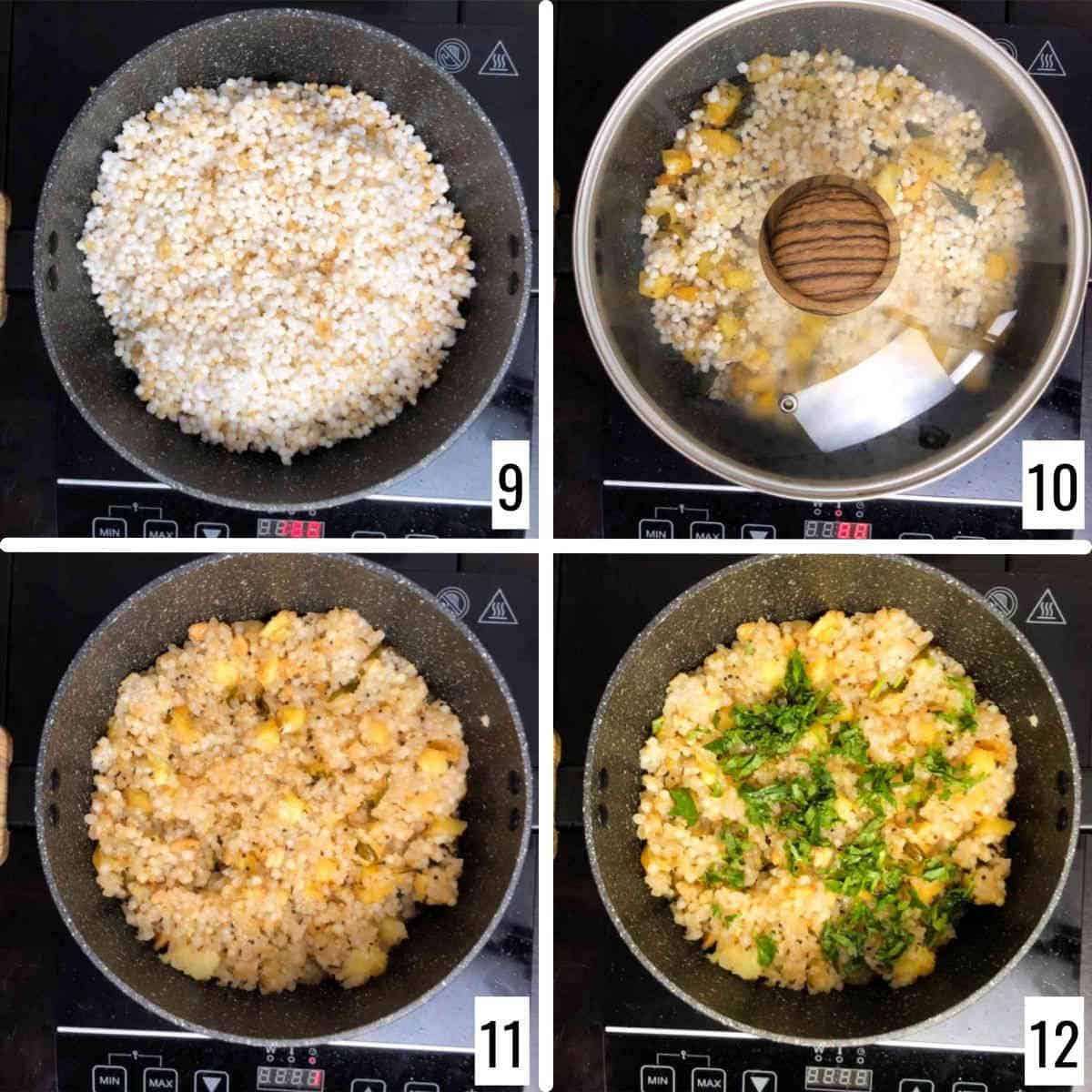
Step 6: Add the soaked sabudana mixture and mix gently (step 9). Cover and let it simmer for 7-8 minutes on low heat. Stir occasionally so that it doesn’t stick to the bottom (images 10 and 11).
Step 7: The khichdi is done once the sago pearls turn soft and translucent. Turn off the heat, and add lemon juice and cilantro (images 11 and 12).
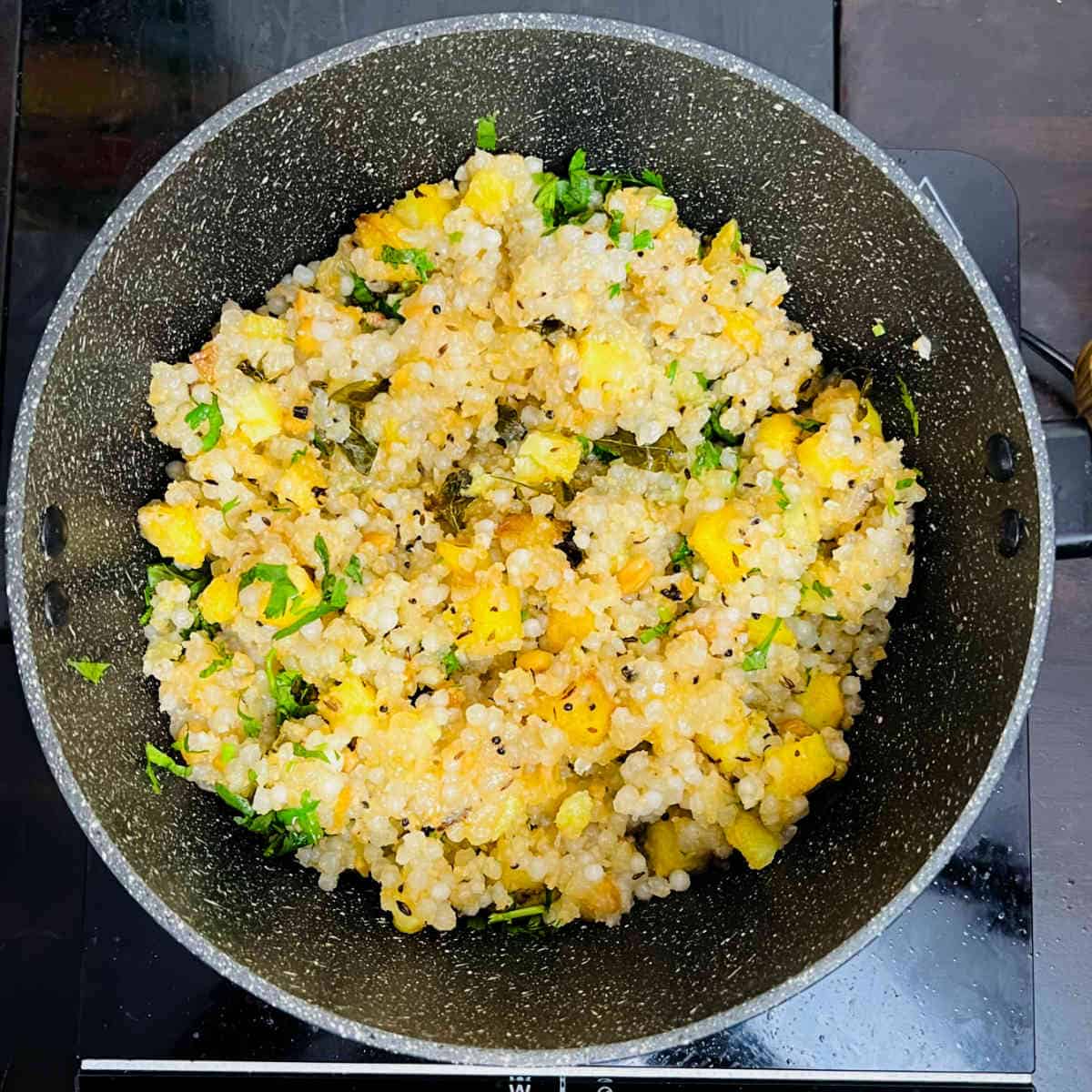
Delicious Maharashtrian-style sabudana ki khichdi is ready to be served.
Expert Tips
Wash sabudana thoroughly in cold water before soaking. Rinse at least 2-3 times to remove any powdered dust from the sago, which can make the khichdi starchy and sticky.
Use just enough water needed to immerse the sabudana. Adding the right amount of water is very important, and we should not add too much water for soaking. In this foolproof recipe, I have used 2 cups of sago and 1½ cups of water. For every cup of sago pearls, you will need ¾ cup of water.
The soaking time of the sabudana varies and may take from 30 minutes to 4 hours soaking. To check if they are ready, take one soaked pearl and press it between your finger and thumb. It should get lightly mashed yet hold its shape. Overnight soaking is not needed for this dish.
It is important to drain any remaining water after the soaking. It might look like the sago has soaked up all the water, but there will be some remaining water at the bottom. Pour the soaked sago into a sieve and let it sit for at least 10 minutes. This will drain out all the remaining water.
I used store-bought unsalted roasted peanuts for this dish as it is very convenient. If you are using raw peanuts, take them in a
What to serve with sabudana khichdi?
Plain yogurt: A side of plain yogurt helps balance the spiciness of the khichdi and adds a cooling element to this faarali meal. You can have a bowl of yogurt or mix it into the khichdi for a creamy and tangy taste.
Coconut chutney: Coriander coconut chutney with a hint of tanginess and spice can be a flavorful accompaniment to sabudana khichdi. The coconut chutney adds freshness and adds an additional layer of taste to the dish.
Green chutney: A zesty and spicy green chutney made with cilantro, mint, green chilies, and lemon juice can be served as a condiment. It adds a burst of flavor to the khichdi.
Recipe FAQs
Take one pearl and gently press it between your thumb and index finger. It should mash lightly without completely falling apart. At this stage, the sabudana is soaked and ready to be cooked.
The sago pearls are cooked once they turn translucent. Soaked sago should take 7-8 minutes to be fully cooked.
To store sabudana khichdi, allow it to cool, place it in an airtight container, and refrigerate for up to 2-3 days. Reheat it in the microwave or on the stovetop with a bit of water to maintain its texture and flavor.
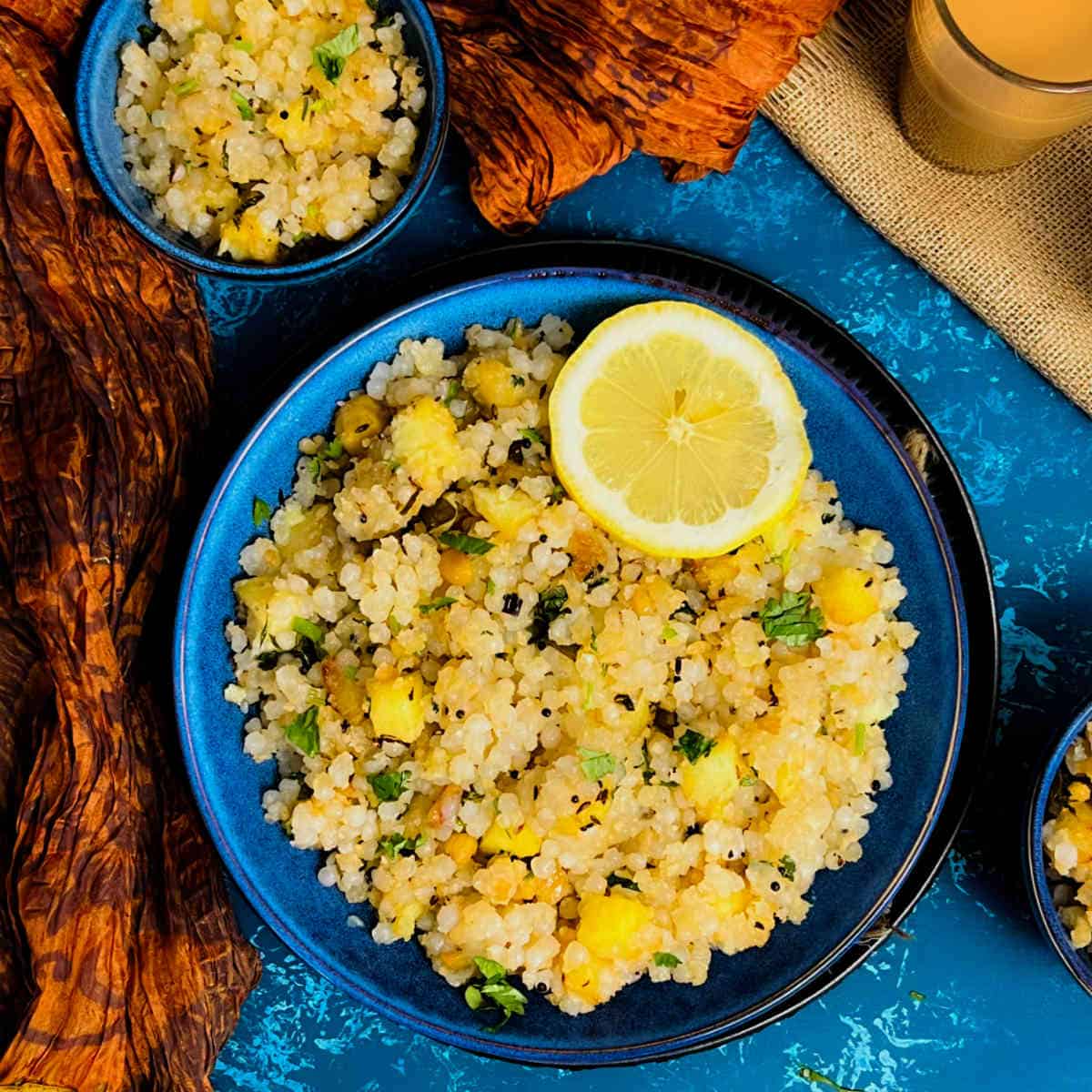
More Maharashtrian recipes
If you tried this Sabudana Khichdi Recipe or any other recipe on my website, please leave a ? star rating and let me know how it went in the ? comments below.
Recipe card

Sabudana Khichdi
Ingredients
- 2 cups sabudana
- 1½ cups water
- ¾ cup peanuts roasted
- 2 medium potato cut into small cubes
- 1 teaspoon sugar
- 1 teaspoon salt
- 3 tablespoon oil
- 1 teaspoon mustard seeds
- 1 teaspoon cumin seeds
- 2 sprigs curry leaves
- 2-3 green chili finely chopped
- ½ lemon
- 2 tablespoon cilantro chopped
Instructions
Soaking the sago pearls:
- Wash the sabudana thoroughly in running water. Wash 3-4 times to remove excess starch. Drain all the water.
- Add 1½ cups of water to the washed sabudana and let it soak for 30 minutes to 4 hours. The water must be just enough to cover the sago.
- The soaking time of sabudana can vary. To check if the sago pearls are soaked, take one pearl and press it between your thumb and finger. It should mash lightly without fully falling apart (see images above).
- Once the sabudana is soaked, pour it into a sieve so that any excess water can drain. Let it sit for 10 minutes.
Prep the peanuts:
- If you are using store-bought roasted peanuts, grind them into a coarse powder and set it aside.
- If you are using raw peanuts, take them in a frying pan and dry roast them for 8-10 minutes, until they are crunchy. Rub them to remove the skin and then grind them into a coarse powder.
Making the khichdi:
- Mix the drained sabudana with peanut powder, sugar, and salt. Set it aside.
- Heat oil in a frying pan or kadhai and add mustard seeds. Once it splutters, add cumin seeds, green chili, and curry leaves.
- Add the potatoes and fry until they are golden.
- Add the sabudana and mix gently.
- Sprinkle a few drops of water and let it simmer for 7-8 minutes. Stir occasionally so that it doesn’t stick to the bottom.
- The khichdi is done once the sabudana pearls turn soft and translucent.
- Turn off the heat, and add lemon juice and cilantro.
- Serve hot.
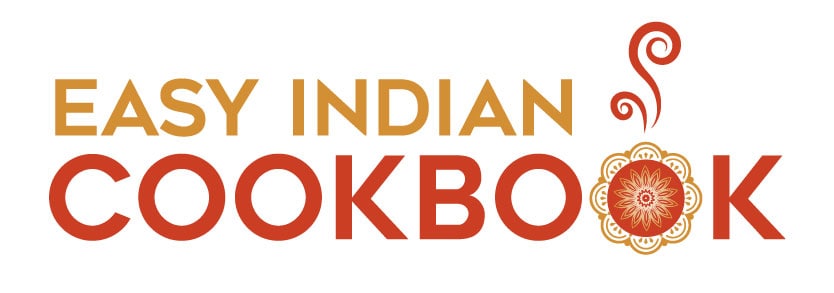


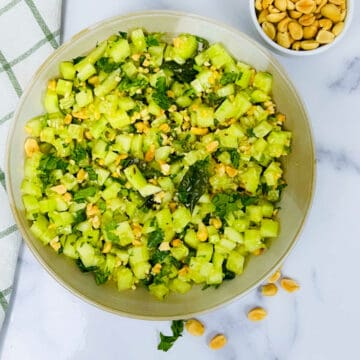
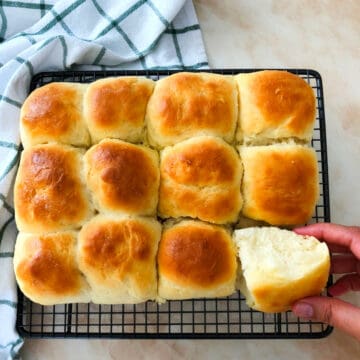

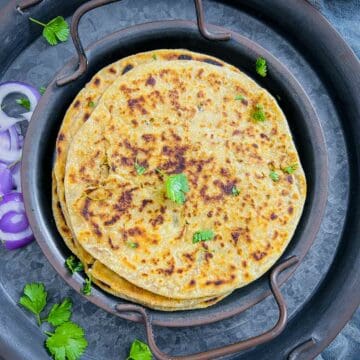
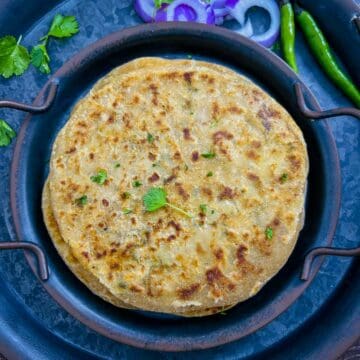
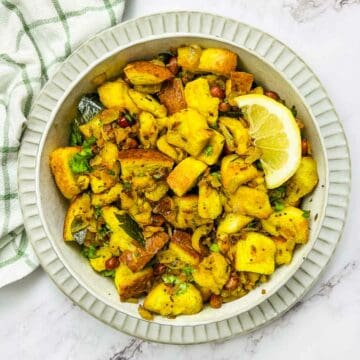
Comments
No Comments